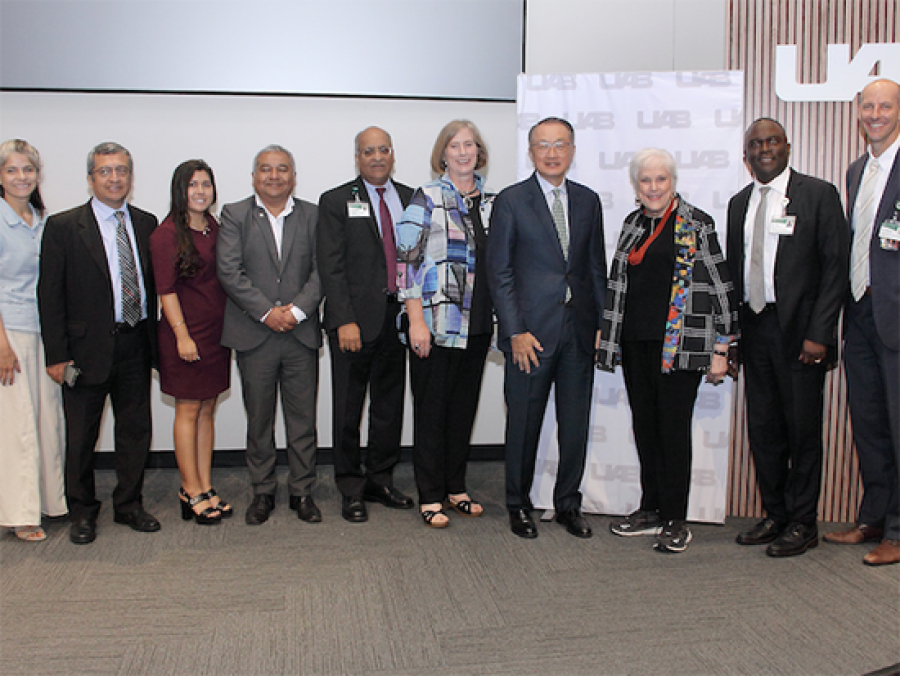Arts & Events
March 10, 2025
UAB’s Alys Stephens Center presents Alex Cuba on April 3
Cuba, who creates Latin music that mixes elements of jazz, pop and funk with tradition, won the Grammy Award for Best Latin Pop Album in 2022 for “Mendó.”
Find an Expert
Browse our list of UAB experts who can provide insights on timely news and research. To contact an expert, please coordinate with the public relations specialist associated with each individual.
Find an ExpertCampus & Community

February 13, 2025
Cassell family donates $1 million to establish Bidirectional Cassell Family Bidirectional Training Program


January 21, 2025
UAB Online lands multiple programs in top 25 rankings
Health & Medicine

March 13, 2025
UAB Comprehensive Snakebite Program is one of few in the state to offer snakebite care in an outpatient setting


February 27, 2025
Six signs it is time to see a cardiologist
Research & Innovation
People of UAB

March 12, 2025
UAB ophthalmology professor awarded prestigious award for vision research in diabetic retinopathy and macular degeneration

March 11, 2025
Watts, Fouad inducted into Alabama Engineering Hall of Fame

February 18, 2025













